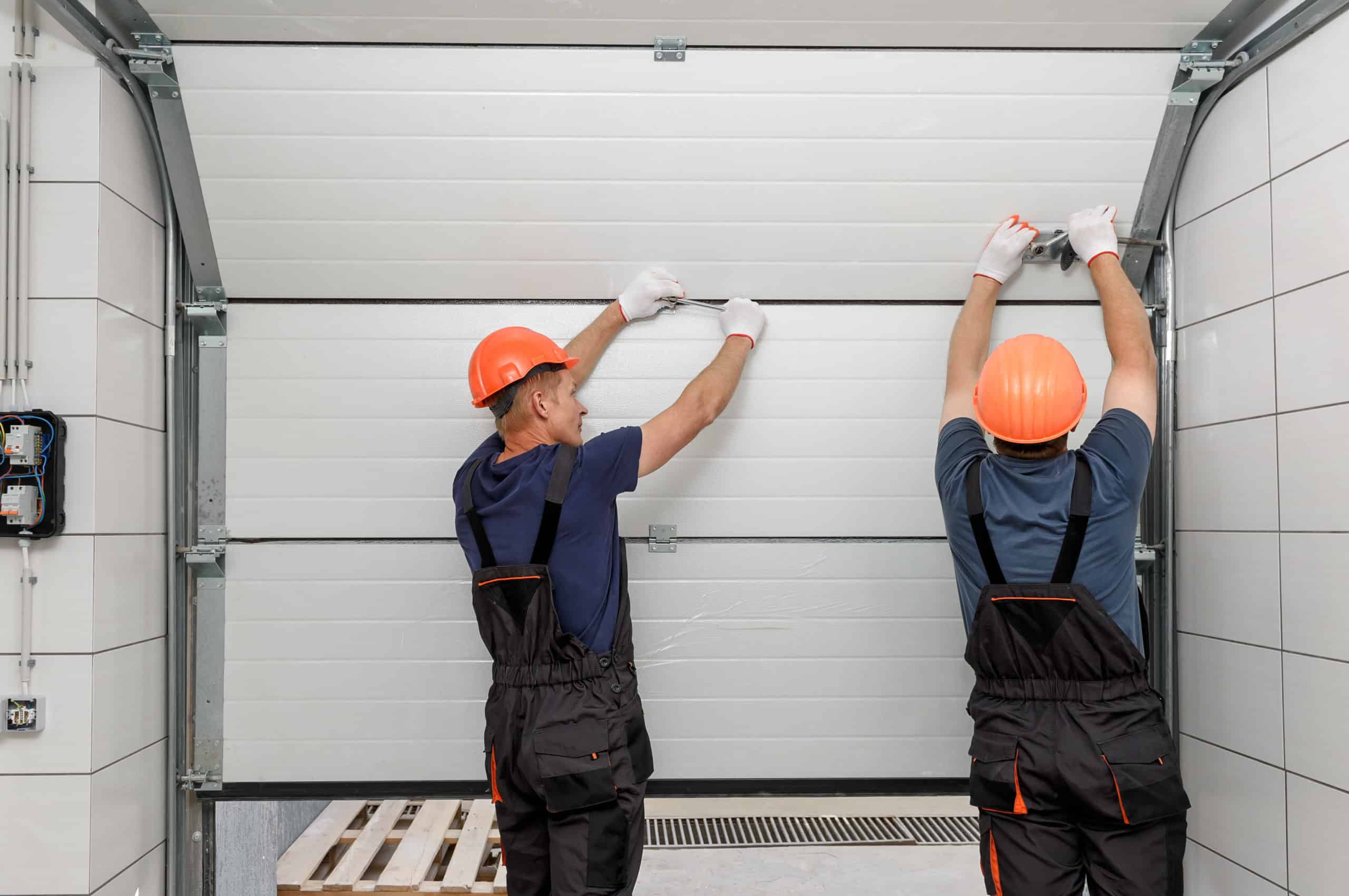
It’s not every day that one is tasked with searching for a garage repair professional. However, sometimes the unforeseen can happen: a garage door that won’t open, broken or old door springs, or even a garage door keypad that has decided to take the day off. Whatever the case, finding a professional and skilled garage repair professional can be a challenge, so in this article, we give you several tips on how to find one that will get the job done right!
Choose a Professional Company
A reputable garage door repair company will staff skilled and highly trained repair professionals. They often list their certifications and awards on their website or can be found through credentialing agencies. A professional company will also carry insurance. This is a vital component of choosing someone to work with to avoid your property damage or any potential lawsuits that could result from someone or something being harmed.
Word of Mouth Recommendations & Referrals
Chances are, you know someone who owns a garage. While it may not be an everyday topic of conversation, many people have used garage repair professionals for their garage door needs. Asking around is often a great way to choose a professional that has already established trust and rapport with those in your community.
Overall Reputation
In terms of overall reputation, looking for a garage repair professional who either works for a well-established company or a professional who has developed a solid small business can eliminate future problems with your property or with getting matters resolved. To check the overall reputation, look at online reviews, presence in the local community, or their status with organizations like the Better Business Bureau (BBB).
Opt for Locally Owned and Operated
A locally owned and operated repair company is an excellent option for many reasons, mainly because they care about the community they serve, thus ensuring you receive quality services and support. In addition, it can also be an easy way for you to contribute to your local economy.
Length of Time in Business
Everyone has to start fresh, but when selecting a company to work with for garage repairs, choose a company that knows what they are doing. Time means experience and with experience comes better repairs.
Contact Garage Door Repair Today!
Garage Door Repair has been in operation for over 100 years and has over 450+ locally owned and operated locations with results you can trust. If you or someone you know needs garage repairs, maintenance, or anything in between, contact us at Garage Door Repair so we can put our 100+ years of work to the test!
Whether you have a detached garage or a garage built into your home, your garage door is a barrier between where you’re safely parked and any inclement weather that may arise as seasons change. From scorching summers to snowstorms, your garage door has a weather seal that works overtime to keep weather changes outside. So, how do you know when it’s time to get a weather seal replacement in your garage? Are there any telltale signs to look out for, or should you replace your weather seal as preventative maintenance? Follow our expert tips at Garage Door Repair to find out!

Sign #1 Your Garage Door Needs a Weather Seal Replacement
If you’ve noticed that your weather seal strip is worn or damaged, it’s time to get a replacement. A worn-out weather seal may not be as effective as it used to be, resulting in drafts impacting the temperature within your garage and even leaves or debris from the outdoors getting inside. A few indicators can help you determine when to replace your weather seal strip. First, you’ll want to step inside your garage and glance at the bottom of your garage doors. If you can see any light filtering in from underneath the door or there are visible signs of damage, it’s worth replacing.
Sign #2: Debris, Leaves, Rain, and Snow
If you’ve noticed an endless stream of debris, leaves, rain, and snow entering your garage year-round, it’s time to get a weather seal replacement. At Garage Door Repair, we offer weather stripping, bottom, and threshold seal replacement so that you can get what you need the most. Our vinyl rubber seals are built to withstand the harshest temperatures and weather conditions to keep your garage door in the best condition for as long as possible.
Sign #3: Bugs, Snakes, Crickets, Mice, and More
If every time you step foot into your garage you notice an influx of pests, it may be time to replace your weather seal strip. When your weather seal strip has become so worn on your garage door that it allows pests to enter your garage, it’s vital that you replace your seal for your family’s safety. While it may not seem like a big deal to have pests entering your garage, they can cause more problems and damage than you may realize. In addition, replacing your weather seal strip is more affordable than hiring pest control!
Garage Door Repair is Your Source for All Garage Door Repair Needs
At Garage Door Repair, we’re your source for all your garage door repair needs. From garage door weather stripping to springs, cables, openers, rollers, tracks, parts, door and panel replacement, to more, we’ve got you covered. We offer residential and commercial garage door repair to cover a broad range of garage door repair needs. We even offer maintenance plans. We have convenient locations across the nation with 24/7 support, expertly trained technicians, and we are fully licensed and insured. Contact us today through our website or a location near you.
How to Know When It’s Time to Repair or Replace Your Garage Door
Out with the old, in with the new! That’s one way to look at things, but while familiar sayings may ring true, there’s usually more to decision making than that. The important thing to remember is that any time you have to make a choice there are several things to consider, things unique to you and your set of circumstances. Evaluating your wants, needs, and desires, tempered with practical considerations, can help you get the best results. Your garage door is damaged. Sure, you want the door to work properly. You need to be able to live and work as you did before. And like most people you desire the best, newest, safest, quietest garage door available. There are several ways to approach this.
Signs You May Need a Replacement
Example #1: Car versus door leaves you with a dented section.
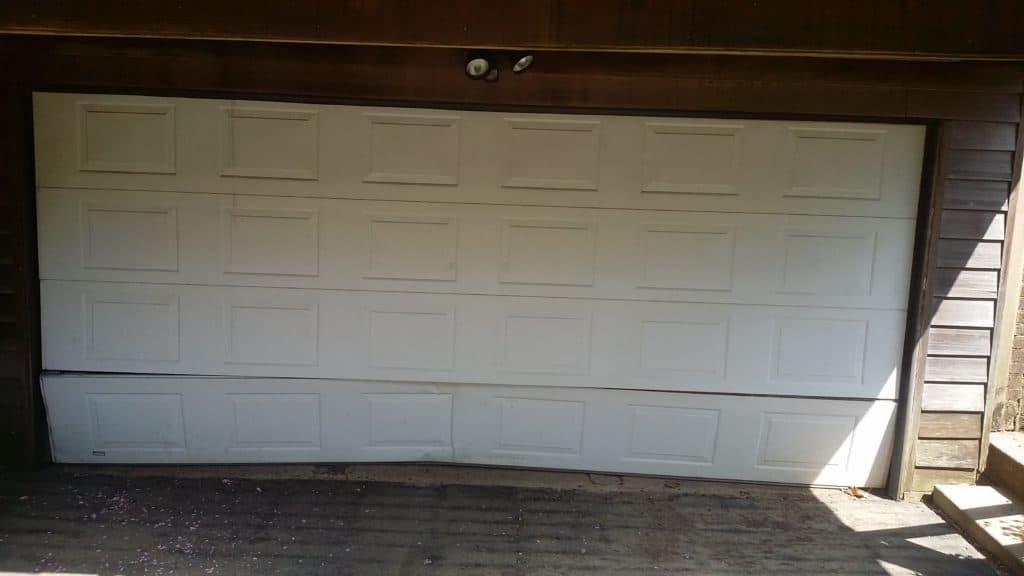
Some considerations:
- Proper, safe, section replacement by homeowners is usually not practical. In many cases a section replacement may be half the price of a new door.
Get a new door. This gives you a chance to have the latest features, perhaps better insulation, new color choices, better weatherstrip, maybe a row of windows. You’ll have a new warranty too. - What if you have two doors on your garage and the new product won’t match the old? As well, a replacement section may not look exactly the same as the rest of the door due to the natural fading which, depending on the age and location of the door could be very noticeable.
- If the door has had a lot of use, wear parts like rollers and cables may cause trouble and expense in the future.
- Have you had a number of service calls in the past? Springs have a limited life and can fail after a specified number of cycles–maybe not long after you replace the damaged section.
- How old is the door? How old are you? (Sounds funny, but consider this for all major purchases.)
- Do you plan to stay in the house?
- What was the condition of the door before it was hit? Have you already had a service call because of the accident?
Signs You May Only Need a Repair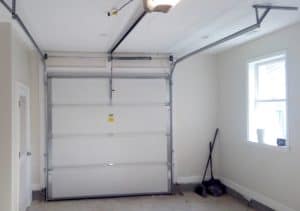
Example #2: The door does not work properly.
Some considerations:
- Inspect the door, inside and out, for obvious defects like broken cables or springs.
- While the door is in the down position, disconnect it from the operator, if applicable. Open the door. If it is heavy, or noisy, return it to the closed position and lock it in place. Have your Garage Door Repair technician check the door.
- If there are major problems, the same principles shown above apply: How old is it, overall condition, how often it’s used, your plans to stay in the house, etc. In many cases a simple repair is the best way to go.
- The door may not be connected to the operator drawbar arm.
Example #3: Your operator is not working.
Some considerations:
- There may be loss of power to the unit.
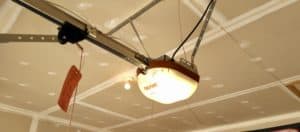
- Photo eyes may be dirty or out of alignment. Note: that service technicians will not repair any operator that does not have external safety devices, such as photo eyes, making total operator replacement the only option available to the homeowner.
- There could be an obstruction in the opening.
- The problem may be with the door, not the operator.
- The low voltage wiring to the wall button may be loose or broken.
- Transmitter batteries may be weak. Light bulb replacement is an easy task.
- With an operator, the age of the unit is a major consideration since there is ongoing improvement in the technology available that gives owners more convenience and security than ever before. Unless there is a very simple fix, operator replacement and the benefits to the homeowner make this an easy choice.
Let Us Help
Decision time. Ask yourself what’ll you have when the job is finished. In summary, because of the tools and techniques needed there’s little a homeowner can safely do to fix a door problem, so whether to fix an existing door/operator, or installing new equipment is a question of value. Calculate this by looking at the facts, list the pros and cons and see what will be the best choice for you. Often one of these–the pros or cons–will far outnumber the other.
At GarageDoorRepair.com, we connect you with local garage door repair experts from around the country. Find a locally licensed company with highly-trained technicians who can provide garage door repair replacement services in both commercial and residential settings.
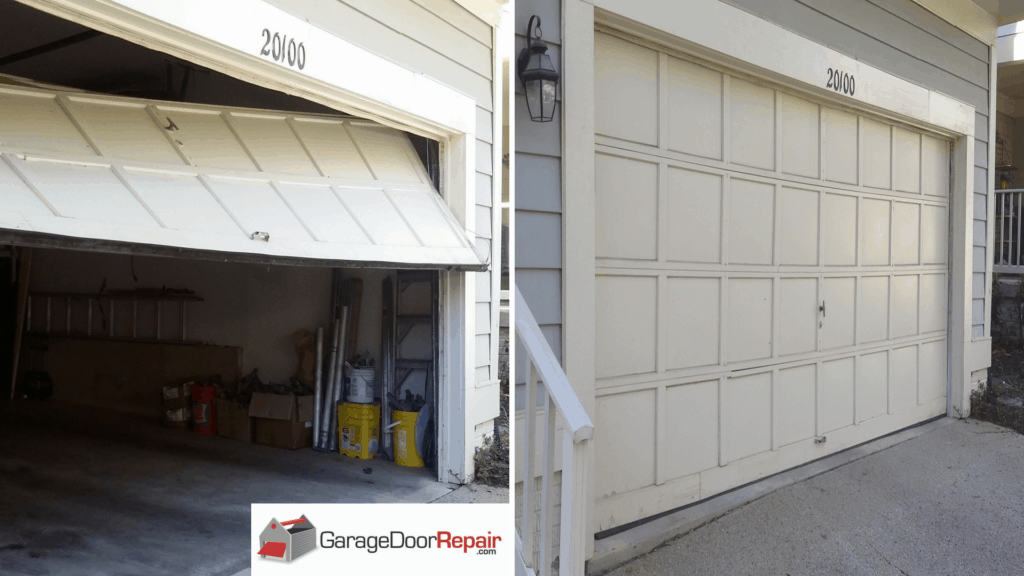
Considering DIY Garage Door Repair?
Here are a few reasons you might want to reconsider…
A sign in a Pennsylvania bicycle repair shop reads:
LABOR RATE
$ 50.00 per hour
$ 75.00 if you watch
$ 100.00 if you help
$ 200.00 if you worked on it first
There’s a lesson here and it is that the bicycle repairman has learned from years of experience that some things are more complicated than they look, more dangerous, and in the long run, more expensive. DIY attempts to perform door work might well carry the familiar warning ‘don’t try this at home’.
Of course homeowners can and should inspect their doors, apply lubrication, and look for obvious signs of wear. This includes things like listening to doors and operators in motion, or checking to see if the perimeter weatherstripping is doing the job, all the while using common sense as you would with any large moving object.
List of safe DIY Garage Door Inspections
- Park your vehicles outside, close the door and see if it moves smoothly.
- Disconnect the door from the operator and move it by hand. Does it stay closed? Does it drift down from the open position?
- Look to see if it sits level on the garage floor.
- Does it clear the header when in the fully open position?
- Check to see if the photo eyes are clean and properly aligned.
- Inspect the sections inside and out; worn or damaged sections can mean that the door no longer provides security for the home, and could cause property damage and serious bodily injury.
- Is the operator plugged in correctly?
- Make sure the track is fastened securely to the jambs, look for frayed cables, broken springs, worn rollers, and loose fasteners.
Be mindful of the fact that to the untrained eye it’s easy to miss something that is worn, loose, or broken.
Doing these things should be a regular part of household maintenance. If you are handy around the house go ahead and snug up a loose fastener, tap that nail that holds the weatherstrip to the jamb, clean and lube the door as necessary. When a serious problem arises, however, it’s best to turn to an expert for help.
3 Serious Reasons to reconsider DIY Garage Door Repair
- Tools. An experienced garage door repairman will have the proper ladders, specialized tools, and the correct parts needed to fix most problems. He will also have things the homeowner won’t have and can’t buy at a big box store: cold rolled steel winding bars of various sizes, aircraft cable, special cable pulleys, operator parts, spring stock and gauges, torches and much more. Hammers, screwdrivers and pliers are good for small jobs around the house, but of little use, and can cause injury, when performing proper garage door repairs.
- Training. Another consideration is that with overhead garage doors things must be done in the proper order. What’s the first step to take to adjust, replace, or wind a spring? Are repairs made with the door in the open or closed position? How would you attach a new cable to a spring, drum, or bottom fixture? If you attempted to do the work yourself, how would you test it to see if it was okay? Tested it safely, that is. The garage door spring is among the most dangerous repairs and can result in serious injury, or even death, if not done correctly.
- Ladders. It sounds simple, however, each year thousands of people are injured or killed in home-related accidents. And, almost without exception, the number one leading cause is always falls. The Home Safety Council says falls account for roughly 6,000 deaths annually. While you’re always susceptible to a fall, you should do everything you possibly can to avoid situations where falls are particularly dangerous. This includes climbing ladders to fix garage door issues.
The old definition of an expert was someone who came from more than 50 miles away and was carrying a briefcase. Mark Twain joked that an expert was just a regular fellow from the next town over. Our factory trained technicians are close at hand, have a truck full of parts and specialized equipment and have something else in their tool kits – Safety. In most trades, a pinch, a cut, and a bump on the head are all common on-the-job injuries, and as a result workers quickly learn from experience how to do things the right way, the safe way. In our business training and experience are top priorities.
Safety is a serious concern at all large major companies. Some multi-national corporations go so far as to cease production at every facility they own if there is an accident with injury anywhere in their system. Full reports and appropriate instructions are sent to all parties at every location and orders are issued before operations are resumed. That’s serious. Being safe is a priority for them and good word of advice for a homeowner.
If you decide to do the work yourself remember that you can fall, and things can fall on you. As well, DIYers working on a garage door can and do sustain cuts, bruises, broken bones, eye injuries, even electrical shocks, all as result of not having the right tools, parts, and experience.
Above all else, safety is the key factor in making the decision to use a professional.
Be safe, DDIY. Contact Your Local Garage Door Expert Today.
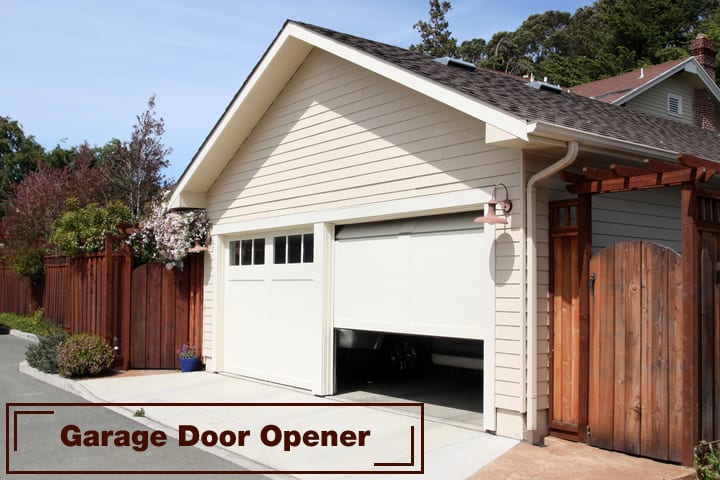
As the largest moving piece in your home, the garage door should command a lot of respect and attention. Unfortunately, many homeowners don’t understand that garage door openers don’t last forever and never consider the possibility of replacement. If you own a garage door opener that’s more than 15 or 20 years old – and especially a pre-1993 version – then you’ll be interested in learning more about the benefits a replacement can provide.
It’s Time to Replace, When…
The average garage door opens and shuts roughly 1,500 times per year. And while everything might seem fine one day, it’s possible that it’ll give way the next. That’s just the nature of garage door openers. Sometimes they’ll give you a warning sign, while other times they simply decide to stop functioning.
There are things you can do to ensure your garage door opener enjoys a long, safe life, but there are also a number of factors out of your control. However, one of your key responsibilities as a homeowner is to remain aware of what your garage door opener is telling you. Keep an eye (or ear) out so that you know when the time is right. Specifically, here are 5 reasons to replace your garage door opener.
1. 1993 CPSC Rule
In an effort to reduce the number of deaths and injuries to children and pets who became entrapped underneath garage doors with automatic openers, the U.S. Consumer Product Safety Commission (CPSC) established a new set of rules in 1993 for automatic residential garage door openers.
The rule was enacted as part of the Consumer Product Safety Improvement Act of 1990 and required that any automatic garage door openers manufactured on or after January 1, 1991 conform to the various entrapment protection requirements laid out in the legislation.
The 1993 CPSC rule contains a lot of information, but the basic gist is any garage door manufactured after the ruling is required to have a safety reversing mechanism. This feature uses two sensors on either side of the door. If at any time during the closing of the door an object, child, or pet interferes with the beam running between the two sensors, the door immediately stops and reverses.
If you have a garage door opener that was manufactured and installed prior to this ruling, then it’s time to replace it with a new one. You’ll need an opener that’s equipped with a safety reversing mechanism.
Even if you have a post-1993 unit, it’s important that you regularly check the safety reversing mechanism to ensure it’s working properly. You can do this in three simple steps:
- Look to the bottom of each side of the garage door and verify that the sensors are mounted no higher than six inches off the ground. Any higher and the sensors won’t be able to recognize objects in the garage door’s path.
- Use an object to the block one of the sensors and then press the garage door opener button. The door should not close while you’re blocking the sensor.
- Lay an object that’s 1.5 inches or higher on the ground (in the door’s path) and again press the close button. The door should begin to close and then reverse direction.
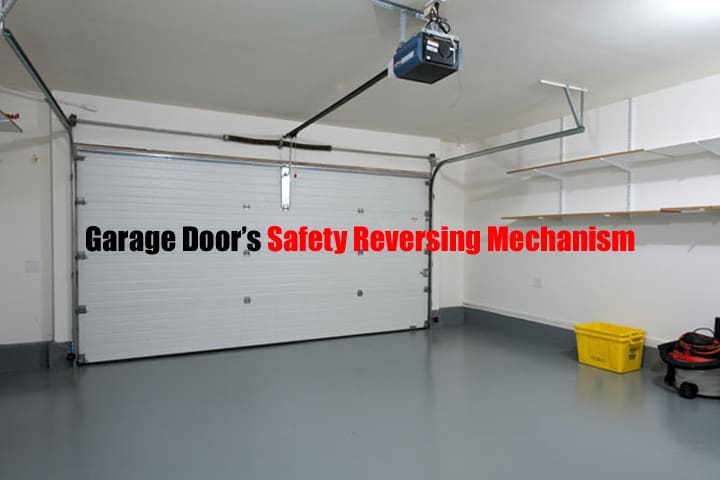
Most people aren’t aware of how important their garage door’s safety reversing mechanism (or lack thereof) is. Keep these tips in mind and check to ensure you’re compliant..
2. Noise Issues
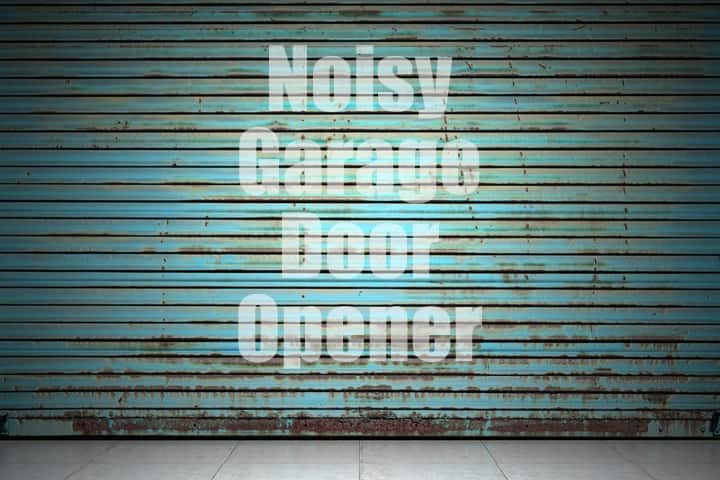
Every neighborhood or street has that home with the noisy garage door opener. Don’t be that neighbor. Not only is it embarrassing, but it can be a nuisance for everyone. If your garage door opener has been noisy for years, you probably don’t even notice. Take this opportunity to check the noise level of your opener. Is it on par with the neighbors’ garage doors, or does it seem unusually loud?
Older garage door opener models were built with large, noisy components, while newer models use much quieter chains or belt drives. The latter is virtually silent when compared to an old chain unit. You’ll be amazed at the difference.
3. Home Security
Older garage door opener models were very low on security features. They had fixed codes that could be stolen using radio frequency identifier devices, which made them a popular entryway into the home for burglars.
On the other hand, modern models use advanced technological features with rolling codes. This means the code changes each time the door is operated. As a result, the code cannot be stolen. This prevents break-ins and enhances security. If you’re still using an older model, then it’s important that you review its security features to know whether your home is fully protected.
4. Battery Backup
Few things are more frustrating than having your car locked in the garage during a power outage. While older models have latches that can be pulled to manually open the door, these mechanisms often get stuck over the years and can be difficult for some individuals to operate.
New models have battery back up features, which are extremely useful during power outages. Your garage door can open and close for many cycles using this battery. While you may only need to use it once a year, it provides peace of mind.
5. No Outside Keypad
Older garage door opener models had manual operation. If you wanted to open the door from the outside (without the remote opener in your vehicle), you’d have to use a key. Newer models feature keypads on the outside of the garage door, which require a simple programmable code for entry. This lets you to give access to people, even when you aren’t home.
Contact a Local Expert Today
It’s easy to take your garage door opener for granted; however, it’s imperative that you give it the attention it deserves. If you have any of these five issues, then it’s time to consider replacing your outdated model with a newer and more functional solution.
A home with a garage is a wonderful thing — wonderful, that is, when you know how to use/protect it. As great as it is to have extra storage and a place to park, those benefits become liabilities when you don’t practice proper garage safety. Keep your garage in proper working order so that it, its contents and your household members stay safe. Follow these tips for maximizing garage door safety:
Our Top 10 Garage Door Safety Tips
- Keep the Opener Out of the Reach of Children. One of the most important garage safety tips is to keep your door opener out of the wrong hands. Don’t let kids — especially small children — play with the openers, and don’t keep remotes where they can access them.
- Prepare for Emergencies. Should you need to open the door in case of an emergency/accident, you’ll want to know where the emergency release feature is located. Find out and be prepared.
- Be Cautious. Never step, walk, run or otherwise move under a closing or opening garage door. Teach your kids to never do so.
- Inspect Gears. Each month, take the time to inspect springs, cables, rollers and pulleys to know they’re still working properly.
- Test Auto-Reverse. If your garage door has an auto-reverse feature, put a roll of paper towels in the door’s path on occasion to make sure it’s working. If you don’t have this feature, look into getting a door/opener that does — it can prevent serious accidents.
- Watch Your Fingers! Don’t put fingers in between door sections, and teach your kids to avoid doing so. If you have small children, look for a door with non-pinch panels to help avoid injuries.
- Don’t Leave Door Ajar. Never leave your garage door partially open, whether or not you’re nearby. It’s both a security and a safety risk, as someone could enter the garage (and possibly your house) and/or someone could get caught underneath if the door is reactivated.
- Unplug When You’re Away. When you’re going to be out of town, unplug the door opener unit — or lock it so that it’s unusable.
- Change the Code Often. Get a rolling code that changes the garage access code with each use. Or, at the very least, regularly change the standard codes on the opener and remotes.
- Prevent Invasion. Always lock the door to your house when you leave, even if the garage door is closed. Should someone get your remote, it could mean access to both your garage and home if the service door is unlocked. Likewise, keep tabs on your remotes — don’t leave it with a parking attendant, for example, and consider putting it on a key ring so it stays with you at all times.
To protect your home and loved ones, follow the garage door tips above. At Garage Door Repair, we’re happy to help you repair or update your garage to make sure it’s safe and in good working condition.

